Muga silk is renowned for its natural golden-yellow hue, which is unique to this type of silk. This golden color becomes more lustrous with age and washing. Muga silk is highly durable and resilient, making it suitable for a variety of uses, including clothing and accessories. Muga silk holds significant cultural and traditional value in Assam. It is often used to make traditional Assamese attire like Mekhela Chador and Gamosa. The production of Muga silk is eco-friendly as it involves minimal use of chemicals and pesticides. The silkmoth feeds on naturally available leaves of specific plants like som (Machilus bombycina) and soalu (Litsaea polyantha). Muga silk production is limited to Assam due to the specific climatic conditions required for the silkworm to thrive. This exclusivity adds to its allure and value.
Ghicha silk, renowned for its luxurious texture and unique qualities, originates from the eastern states of India, particularly Bihar and Jharkhand. It is crafted from the waste silk obtained from the double cocoons spun by silkworms, making it an eco-friendly and sustainable choice. The yarn is manually spun and then woven into fabric using traditional techniques, ensuring each piece retains its inherent purity and natural charm.
Madhubani paintings as the name says get its name from Mithila region of Bihar where it is widely practiced particularly by women. The history of Madhubani paintings goes back to the time of Ramayana. Originally the painting was done on cloth, hand-made paper and canvas.

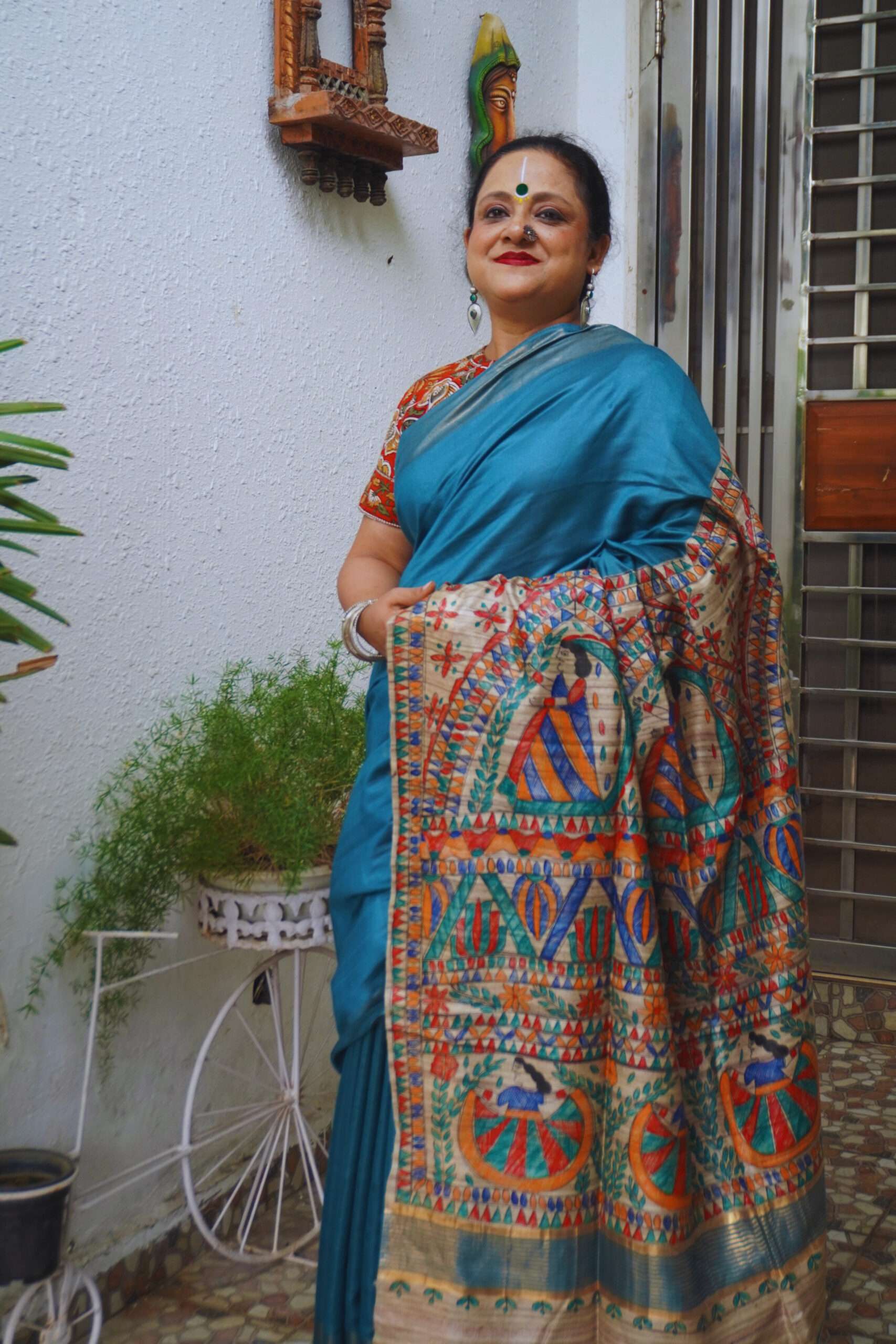

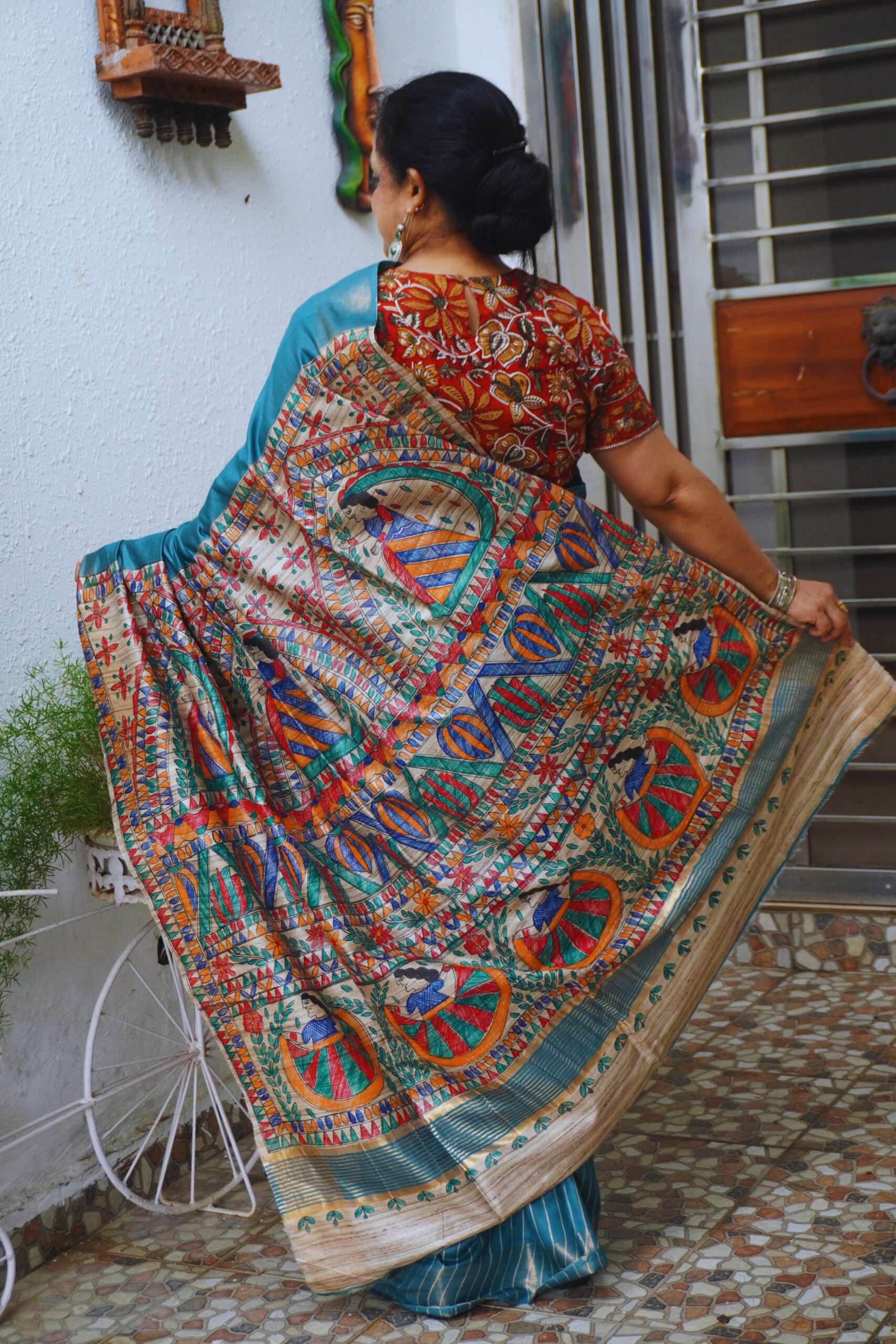
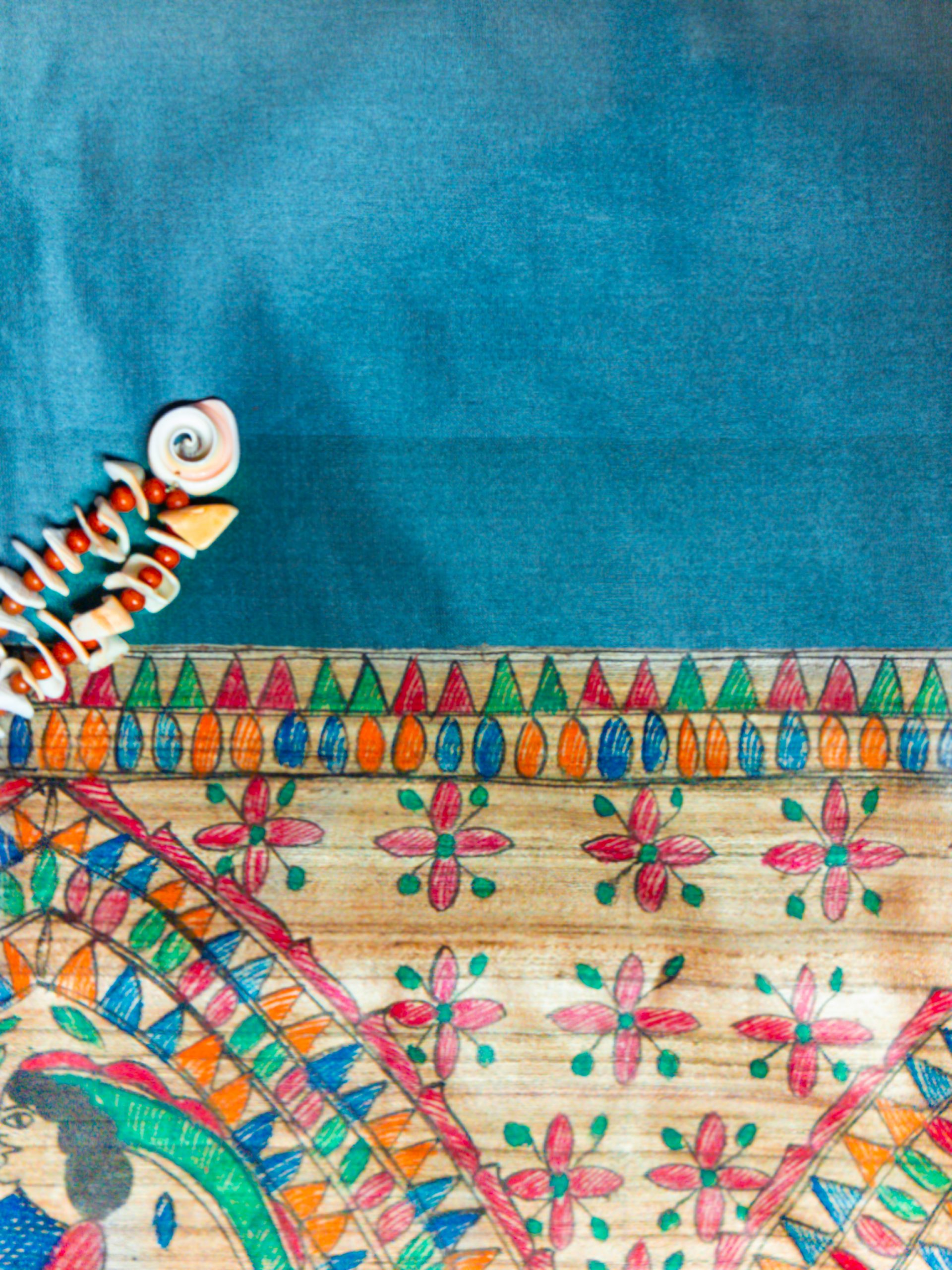




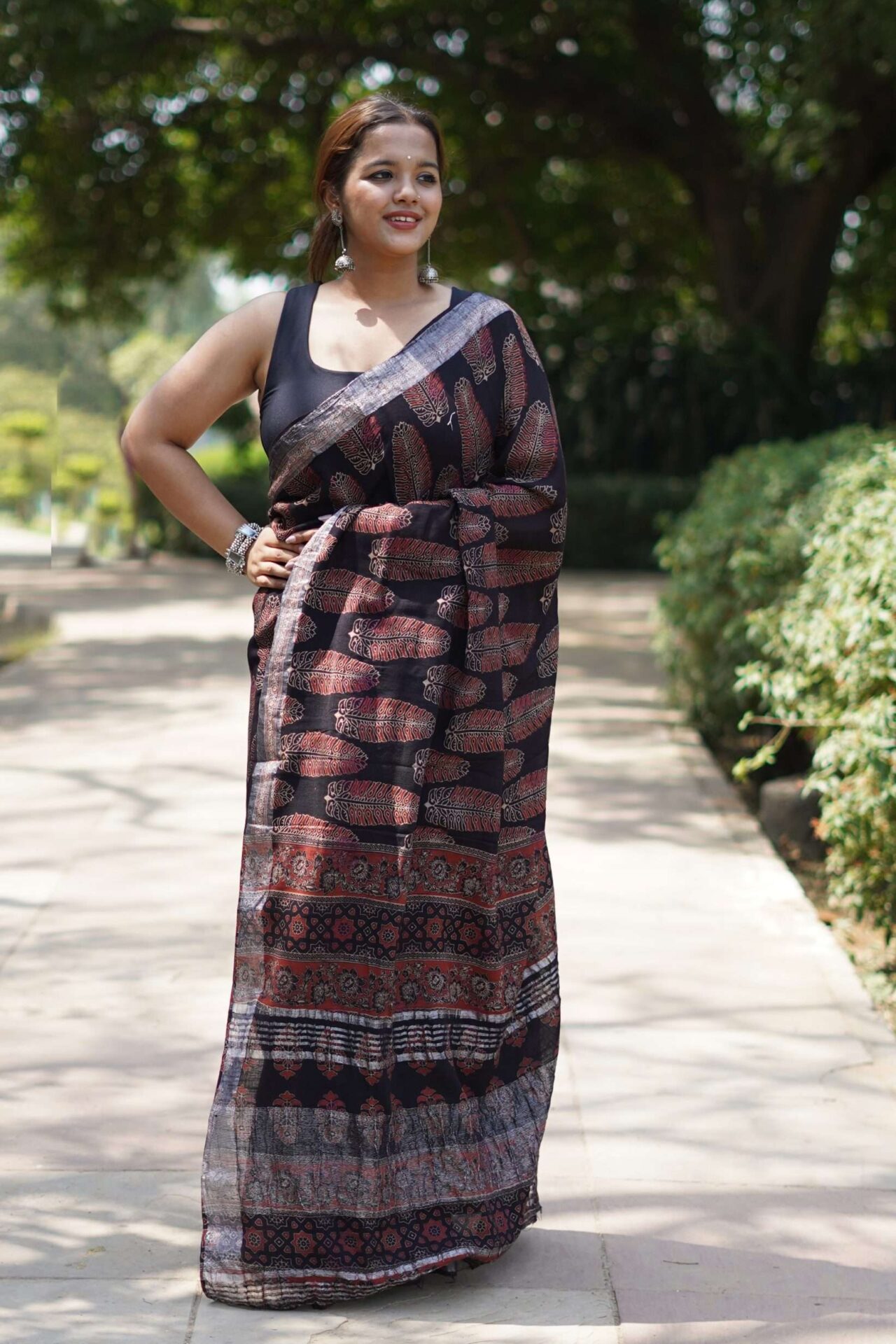

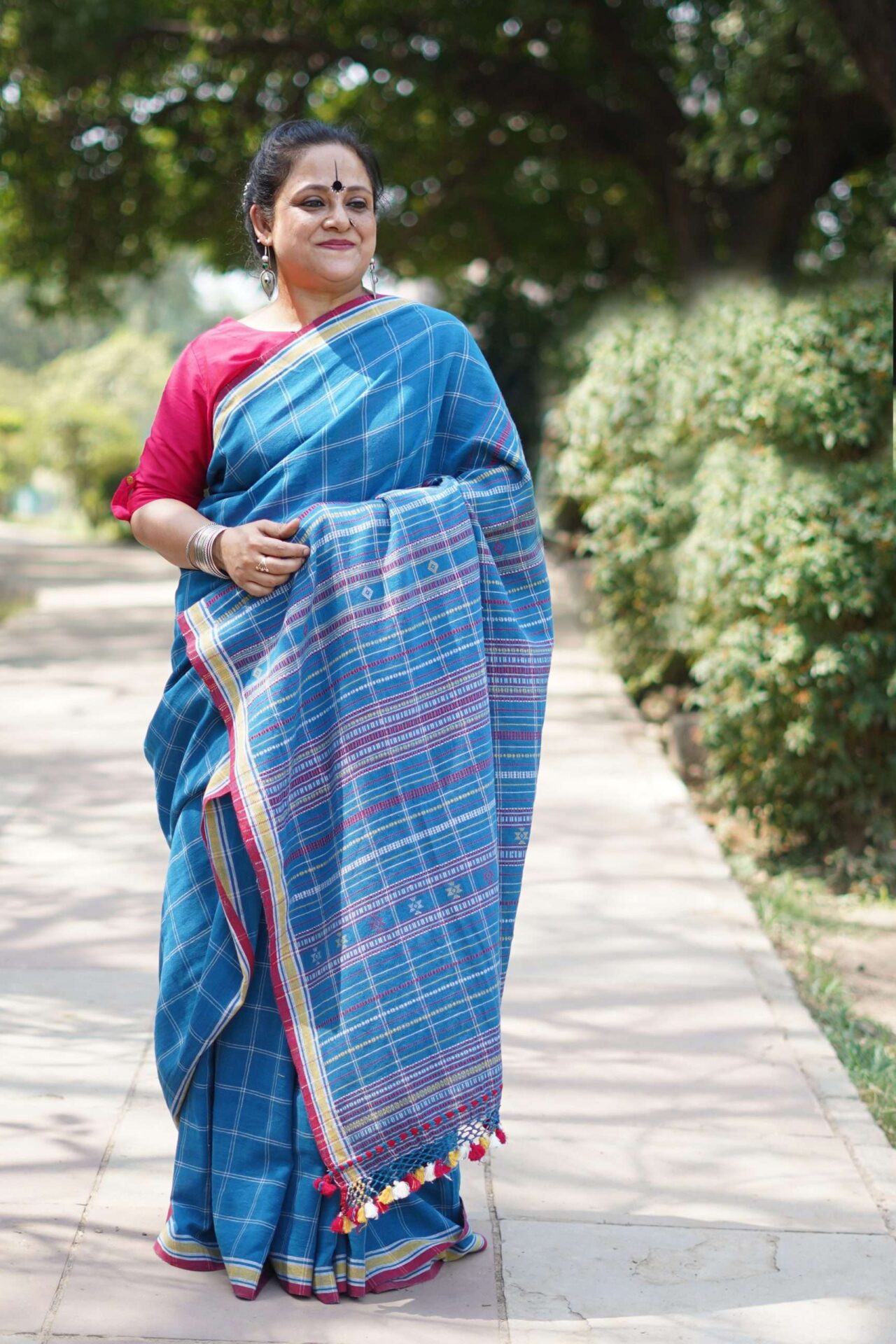
Reviews
There are no reviews yet.